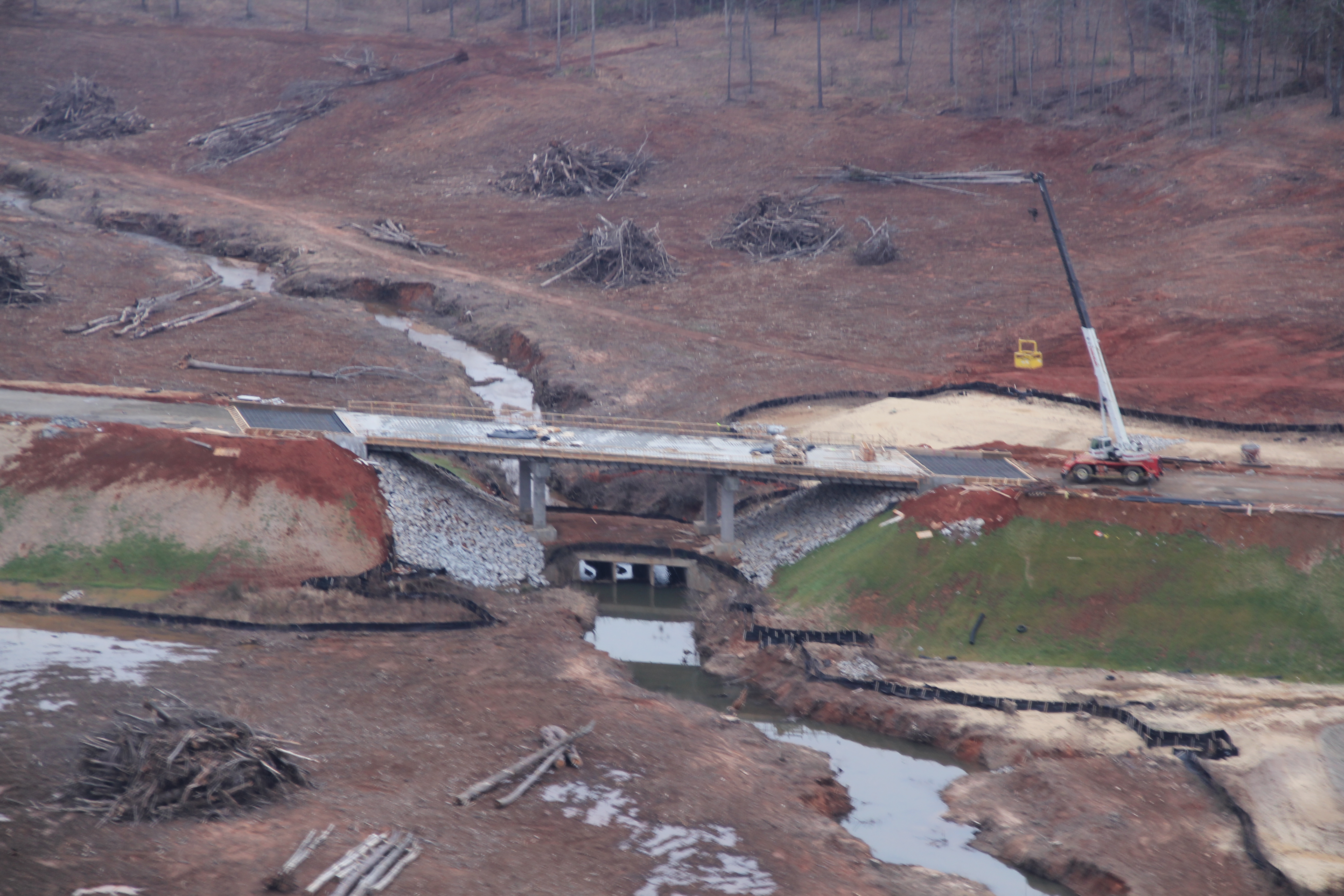
The Effects of Erosion
Erosion is predominantly influenced by climate, topography, soils, and the surrounding vegetative cover. Sediment carries nutrients and pollutants that degrade water resources and harm aquatic wildlife, therefore proper planning of construction site activities can immensely reduce the impact of land disturbance activities on nearby resources which can lessen the need for unplanned restorations.
Mitigating Environmental Impact
To mitigate the negative impacts to local water resources and natural areas, a construction plan should be developed that limits sediment loss and uses practical erosion, sedimentation and pollution control Best Management Practices (BMPs). Temporary and permanent erosion, sedimentation and pollution t control measures limit the amount of sediment that is carried into our lakes, streams and rivers by storm water runoff.
W&A’s Pick of Top 5 Best ES&PC Practices
With decades of experience in preparing Erosion Sedimentation and Pollution Control Plans (ES&PC), our team of Civil Engineers and Landscape Architects have created a list of the top five best practices to follow.
Here’s our list of the top five Best Management Practices (BMPs) to keep in mind when planning for your next erosion, sedimentation and pollution control plan:
#1 Fit the activity to the topography and soils
#2 Stabilize disturbed areas immediately
#3 Install appropriate perimeter control measures to retain or accommodate runoff
#4 Avoid encroaching upon watercourses and their protected riparian buffers
#5 Employ temporary construction exits to mitigate tracking of sediment onto public streets.
It might go without saying, but it is equally important that you hire an engineer who can effectively advise you on the necessary BMP’s, prepare the appropriate drawings, and assist you in acquiring all required permits.
 Effective Planning
Effective Planning
While having a control plan in place that follows BMP standards is important, including a maintenance plan for materials and structures used in the reduction of sediment disturbance
is vital to developing an effective and actionable plan. One should also be sure to include disposal procedures for both solid and construction waste on the project site to help reduce discharge of pollutants to nearby storm water by providing waste collection areas and containers. Training employees and contractors in proper waste management will also ensure the control plan is followed and executed adequately.
For more information regarding best practices, first check your state and local government websites for confirmation of compliance standards and requirements in your area.
Resources:
Manual for Erosion and Sediment Control in Georgia
Georgia Stormwater Management Manual
USDA Urban Soil and Sediment Control Manual
Clean Water Services Erosion Prevention and Sediment Control Design Manual
